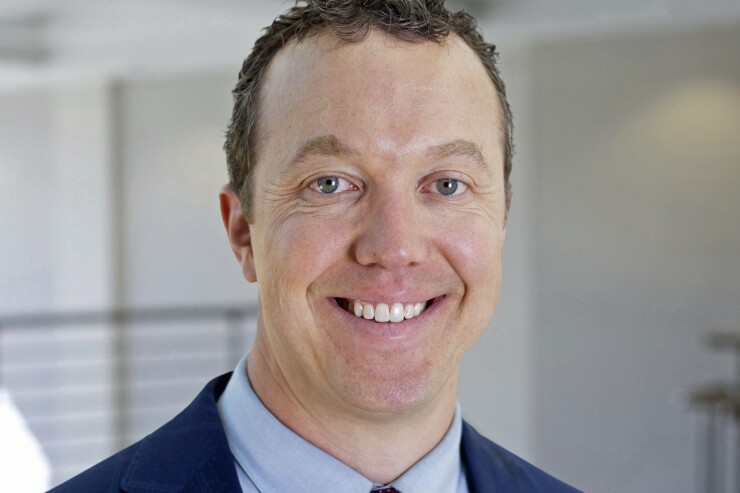A question-and-answer session with Cooper Howard, director and fixed income strategist for the Charles Schwab Center of Financial Research.
BB: What is considered the intermediate duration?
CH: In broad terms, five to seven years on average offers an attractive balance of risk and reward in our view.

BB: What makes it attractive in the current market environment?
CH: We have seen the intermediate term bonds rise quite a lot recently. With the Bloomberg Muni Bond Index recently at roughly 3.5% as of 12/13/23, for investors in the top tax bracket with higher state taxes, the taxable equivalent yield can be above 6% — and that's on the absolute yield side. Yields have pulled back recently as it appears the Fed is likely to cut rates next year, but yields are still much higher than where they were a few years ago.
You're locking in attractive yields at this level in our view, and yields are near the highest they've been over the past decade.
On the relative yield side, the more attractive muni to Treasury ratios are around five years.
BB: Within that intermediate duration, what investment strategies are you recommending?
CH: We suggest a barbell or laddered strategy – the benefit of both is that you can have some money on the short end with flexibility for rates moving higher or if a client needs to take advantage of other spots on the yield curve.
BB: Are there any risks associated with the intermediate duration strategy?
CH: Staying in all cash is an investment risk; we believe the Fed is going to cut interest rates in 2024. If that occurs, we expect short-term yields to move lower and if an investor is sitting in cash they are faced with the risk of investing that into lower-yield investments.
The other side of the spectrum is being invested very long-term, which is subject to a lot more volatility.
Another risk is if interest rates rise, it will be a negative for total return and performance.
BB: What is your overall forecast on interest rates and how is that impacting the intermediate duration strategy?
CH: We expect rates to move lower in 2024 due to growth and inflation slowing. The Fed will likely cut rates three to four times next year and the first rate cut may occur as early as Q2 in our view.
We wouldn't be surprised if we see longer-term yields move lower from here. It's been a year and half since the Fed started hiking – and we haven't seen the full effect yet.
Looking forward, if interest rates move lower, I expect the intermediate and longer bonds to outperform.
BB: How long do you expect the intermediate duration opportunity to last?
CH: It's more dependent on the market and what the Fed does, and how quickly it acts. If we see a slowdown in the economy and inflation, it's likely that intermediate-term and longer-term bond yields will decline more.
If we start to see yields decline more, I would expect intermediate bonds to outperform shorter-term bonds.
Yields have pulled back quite a bit recently, but we wouldn't be too surprised if intermediate and long-term yields decline more as inflation and growth cool.





